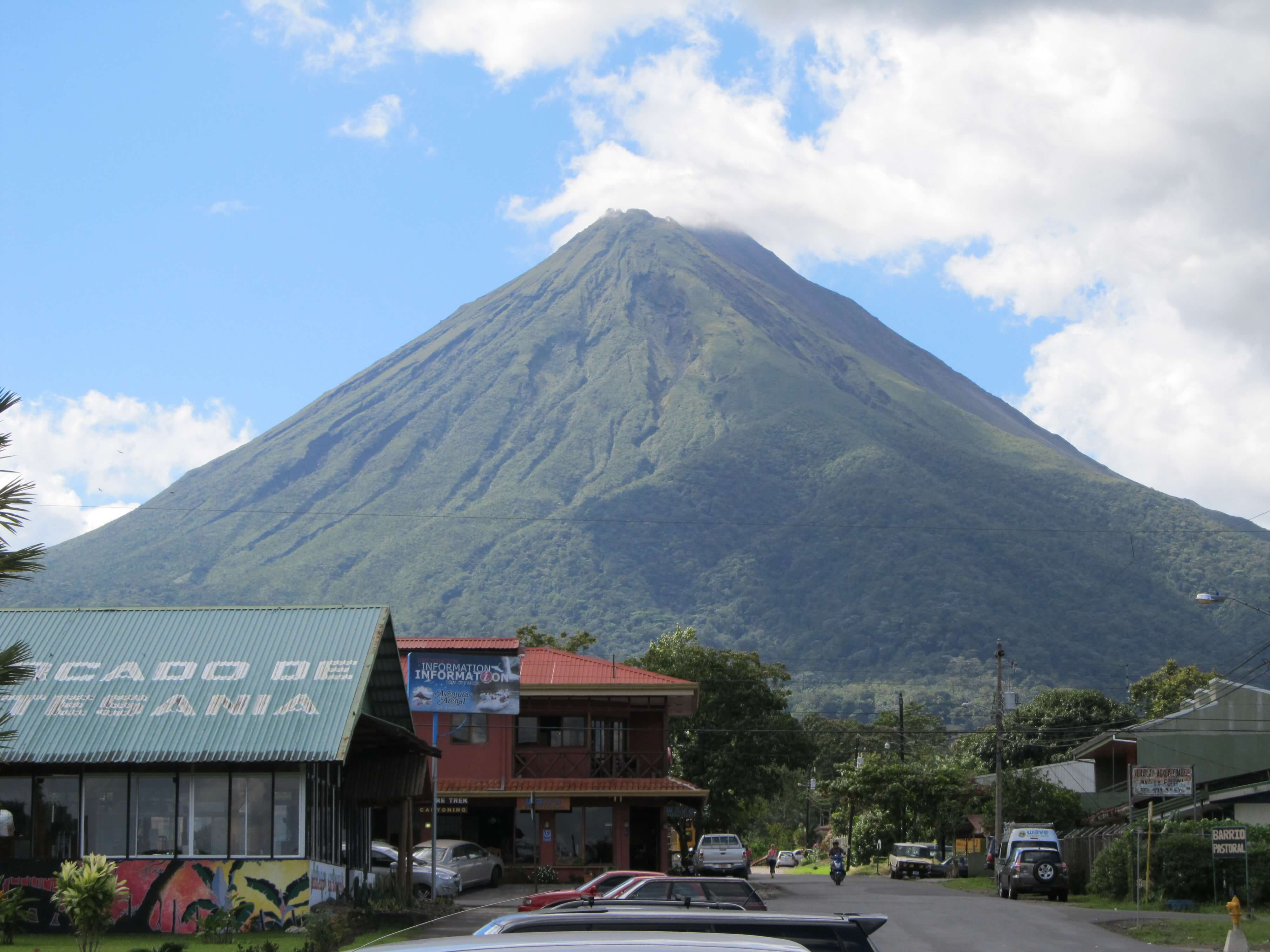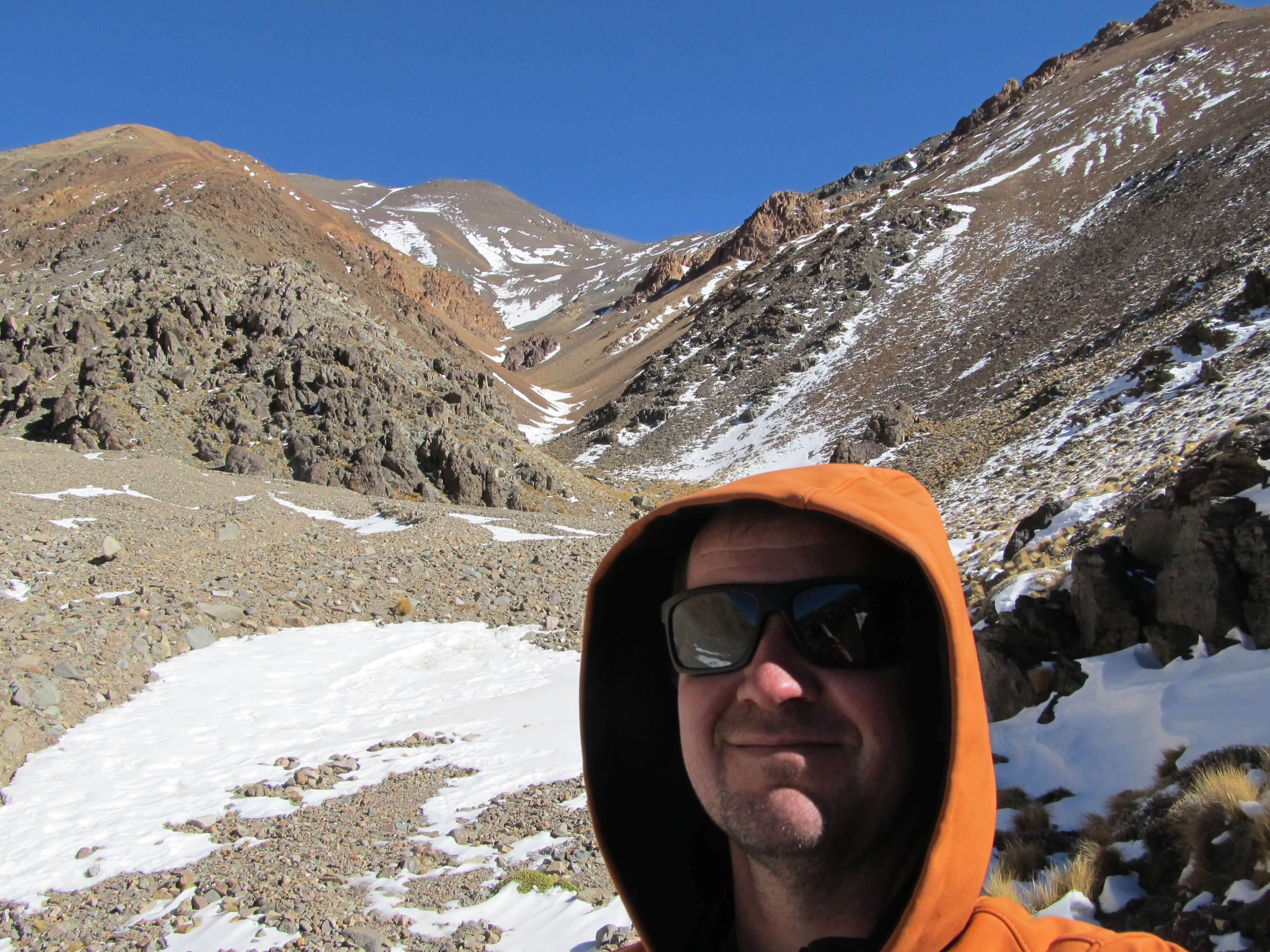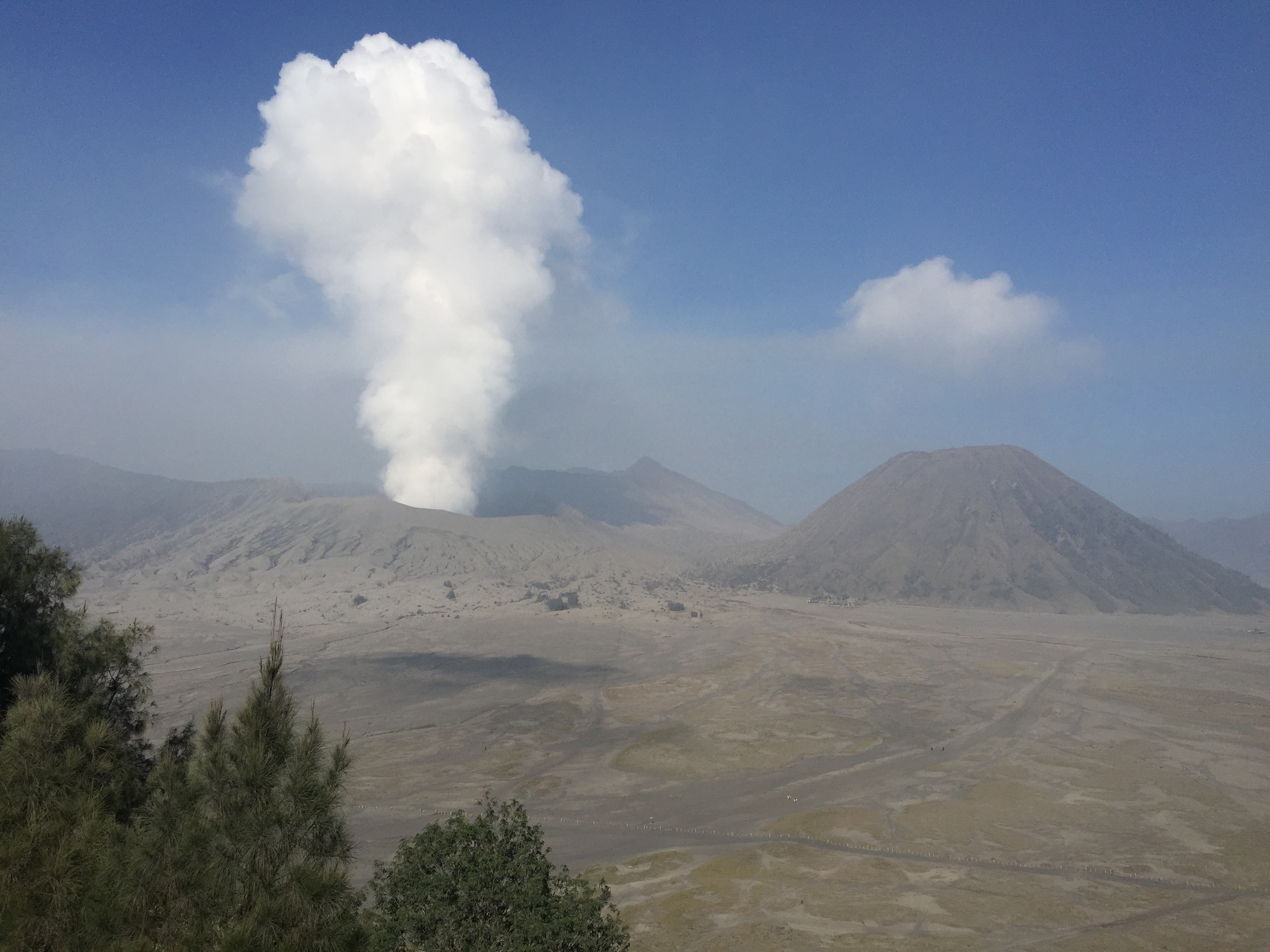Two hundred and fifty two million years ago, the world was engulfed in a nightmarish scenario akin to what we fear today. Surging carbon dioxide levels, combined with increased radiation from the Sun, dramatically increased global temperatures. Ocean surface temperatures reached upwards of 104 degrees Fahrenheit. Consequently, mass extinctions occur, with marine and terrestrial life suffering huge losses in biodiversity.
Until now, the scientific community has struggled to determine the relative importance of the two forces that drove the Permian-Triassic mass extinction event: volcanic activity and erosion. A study led by Ryan McKenzie, a post-doctoral associate at the Yale Department of Geology and Geophysics, has now proposed a solution. The study argues that on the time scale of the past several hundred million years, volcanoes have been the principal driver of climate change. These revolutionary findings are key to understanding long-term climate change, and thus, may prove informative in our present-day combat against global climate change.
The greenhouse effect
Carbon dioxide (CO2) is a double-edged sword — both vital to life yet potentially harmful. On one hand, much of Earth’s plant life depends on carbon dioxide to produce food for itself and consumers, like us. At the same time, increasing CO2 levels since the industrial revolution have led to rising global temperatures, which pose a risk to the global ecosystem. How does this happen?

The Earth’s atmosphere normally reflects much of the Sun’s invisible infrared radiation back into space, thereby preventing surface temperatures from becoming too high. However, when sufficiently concentrated in the atmosphere, CO2 can form a blanket of sorts, which traps some of this radiation and prevents it from leaking back to space. Thus, CO2 is aptly termed a greenhouse gas.
Various processes regulate the levels of CO2 in the atmosphere. Volcanic eruptions, which release gases from the Earth’s interior, contribute to atmospheric greenhouse gases and raise global temperature levels. Chemical weathering, on the other hand, has the opposite effect. When carbon dioxide reacts with water vapor, carbonic acid is formed. This weak acid then eats away at rocks and other surfaces. Other forms of chemical weathering include burial of carbonate minerals, along with burial of organic carbon. Thus, chemical weathering is a carbon dioxide sink and has the ultimate impact of decreasing global temperatures.
The scientific community recognizes these two forces — volcanism and weathering — as the principal drivers of long-term climate change. Due to these two processes oscillating and changing pace over time, the content of carbon dioxide in the atmosphere is in constant flux. Thus, the Earth’s temperature has risen and fallen multiple times within its history, creating various periods of global warming followed by global cooling in the form of ice ages.
The unearthing begins
The study began with McKenzie’s fascination with the links between climate change and biodiversity. “I became interested in the anomalies characteristic of the Cambrian period,” McKenzie said. “A lot of species extinction occurred, which many people attribute to the Cambrian having one of the highest atmospheric carbon dioxide levels of the past six hundred million years.” McKenzie set out to discover the root cause of this carbon dioxide flux.
First, McKenzie and team needed to obtain a record of Earth’s volcanic history. The Earth is made up of multiple tectonic plates, which are large pieces of the Earth’s crust. When an oceanic plate collides with a continental plate, a subduction zone is formed. The oceanic plate sinks deeper into the earth, liberating water in the process. This water gradually seeps upward, melting the hot mantle rocks and forming magma in the process. This magma finally rises to the surface and forms a chain of active volcanoes. Unfortunately, however, it is often difficult to track the formation of these volcanic emissions through Earth’s history, because erosion and destruction of volcanoes obscures the important data. In addition, the commonly used sea-level approach to track volcanic rates through time relies on too many vague assumptions. This is where zircons come in.

Zircons, otherwise known as zirconium silicate, are grains of sedimentary rocks that crystallize from magma. Young zircon is especially prevalent in the subduction zones of continental volcanoes, such as the Andes and the Cascade volcanoes. Zircon grains are able to withstand high degrees of erosion, so they represent untampered records of volcanic activity. Fortunately, due to zircon’s uranium impurities, the age of zircon samples can be determined very precisely through radioactive isotope analysis. Thus, if one can trace an abundance of young zircon to a specific period, this period likely experienced massive continental volcanic activity. McKenzie and his team used this property of zircon to contribute to a precise record of continental volcanic activity throughout the geologic timeline. The team could now accurately map the relationships between carbon dioxide levels and volcanic activity.
Mapping the Earth
“In addition to the scientific literature, we did extensive work in India, Myanmar, and North China to fill in the existing gaps within zircon data sets,” McKenzie said. Compiling analyses of close to 120,000 zircons, McKenzie’s team found a promising pattern. The Cambrian, Jurassic, and Cretaceous periods, which saw high levels of carbon dioxide, had very high proportions of young zircons. In contrast, the Neoproterozoic, Carboniferous, early Permian, and Cenozoic periods, when carbon dioxide levels were low, had low proportions of young zircons. “We were able to establish a crucial link between the oscillations of volcanic gas activity and the flux of greenhouse gas levels,” McKenzie said.
The findings of this study fit well into the geographic framework of continental shifts. Multiple times throughout Earth’s history, continents have rifted and amalgamated. Rifting periods — times when continents separate from each other — create extensive subduction zones, which in turn fuel continental volcanic activity, increasing zircon and CO2 abundance. On the other hand, amalgamation periods — times when two continents combine — lead to a loss of subduction zones, reducing volcanic activity and therefore zircon and CO2 abundance. Thus, the results of McKenzie’s study could be verified by existing knowledge about continental shifts. Ultimately, the techniques used in this project provide strong proof of the versatility of zircon as an indicator of volcanic CO2 emissions.
Thus, with this innovative zircon technique, McKenzie’s team has provided compelling evidence that volcanism has been an important driver of climate change over the past 700 million years. “Many of the specialists in this field were initially skeptical of this work, so we faced the challenge of revising popular opinion,” McKenzie said. While McKenzie and his group have primarily focused on volcanism as a key driver, they still recognize the importance of weathering in contributing to carbon dioxide changes. However, they argue that weathering can be interpreted simply as a secondary effect of volcanoes. Volcanoes contribute the primary influx of CO2 into the atmosphere, so they exert the greatest first-order control over long-term climate change.

However, volcanoes do not just act in one direction. Volcanoes result in both global warming and global cooling. According to other studies, a fuller consideration of the effect of volcanism on climate change must include the long-term effects of volcanic rocks. Indeed, volcanic activity can certainly lead to immediate increases in CO2 emissions, leading to higher temperatures. However, during periods of volcanic dormancy, the volcanoes can be weathered. This weathering removes great quantities of CO2 from the atmosphere, leading to a global cooling events. Thus, if considered on a long-term time scale, each volcano is both a carbon source and a carbon sink. Indeed, volcanism is a major force that regulates long-term climate change.
Future digs
Modern-day, human-driving global warming is a formidable challenge, especially given the jump in CO2 emissions in such a short period of time. But placing ourselves in geological time, we would see that global warming has occurred multiple times since the formation of the Earth’s atmosphere as carbon dioxide levels oscillated with the rise and fall of continental volcanic activity. Global warming has defined the landscape of existing biodiversity and geography on Earth, notably during the Permian-Triassic extinction when 70% of land species and 90% of marine species went extinct. Importantly, global warming of the past educates us on the critical interactions that occur between carbon sources and carbon sinks, which is a part of present-day human-driven climate change as well as the climate variation of the past.
Moving forward, McKenzie’s research group refuses to be constrained to one specific goal. “Up until now, the constraints of our data have been limited,” McKenzie said. “We hope to look at more high-resolution data sets and put more real numbers to this data.” Indeed, to fully uncover the Earth’s rich history, we must be willing to constantly dig deeper.
Further Reading: R. Burton, G. M. Sawyer, D. Granieri Deep carbon emissions from volcanoes. Rev. Mineral. Geochem. 75, 323–354 (2013). doi:10.2138/rmg.2013.75.11.
About the Author: Kevin Biju is a sophomore Molecular Biophysics and Biochemistry major in Morse College. He is the Alumni Outreach Coordinator of the Yale Scientific Magazine and is interested in the cross-talk between evolution and genetics in biomedical research.
Acknowledgments: The author would like to thank Dr. Ryan McKenzie for his thoughtful interview, as well as his research team’s dedication to understanding long-term climate change through a new lens.
Cover image: Mt. Bromo spews gases in Indonesia during August 2016. McKenzie analyzed sedimentary rock to more closely link volcanic emissions to long-term climate change driven by carbon dioxide concentrations. Image courtesy of Ryan McKenzie

